On October 16, China announced a medium- and long-term development plan for space science , aiming to guide the country's space science research mission from 2024 to 2050.
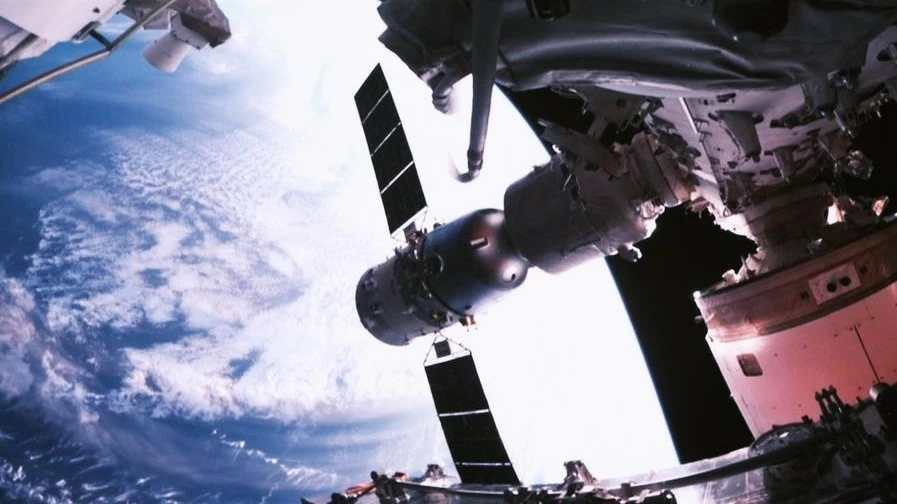 |
The Shenzhou-16 spacecraft successfully docked with the Tiangong space station on May 30, 2023. (Source: THX) |
At a press conference held by the State Council Information Office, the Chinese Academy of Sciences (CAS), the China National Space Administration and the China Manned Space Agency (CMSA) announced for the first time a national-level science plan, covering 17 priority areas with five major science themes and a three-stage development roadmap.
Speaking at the press conference, CAS Vice President Ding Chibiao said: “The five main scientific topics include extreme cosmology, waves in space-time, the entire solar-Earth system, habitable planets, biological sciences and physics in space.”
The program aims to understand the laws of material motion and life activities in space conditions to improve understanding of physics knowledge such as quantum mechanics and general relativity. In addition, the program also provides a roadmap for the development of China's space science until 2050.
In the first phase, which will last until 2027, China will focus on operating the space station, carrying out exploration and exploration projects on the Moon and other planets. There will be 5-8 scientific satellite missions approved during this period.
The China-initiated International Lunar Research Station (ILRS) will be built in the second phase from 2028 to 2035, conducting about 15 scientific satellite missions. In the final phase of the plan, from 2036 to 2050, China will launch more than 30 spacecraft into space.
Source




![[Photo] Prime Minister Pham Minh Chinh chairs the Government's online conference with localities](https://vphoto.vietnam.vn/thumb/1200x675/vietnam/resource/IMAGE/2025/10/5/264793cfb4404c63a701d235ff43e1bd)

![[Photo] Prime Minister Pham Minh Chinh launched a peak emulation campaign to achieve achievements in celebration of the 14th National Party Congress](https://vphoto.vietnam.vn/thumb/1200x675/vietnam/resource/IMAGE/2025/10/5/8869ec5cdbc740f58fbf2ae73f065076)

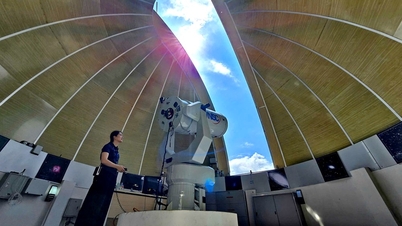

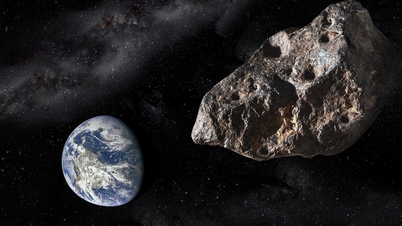

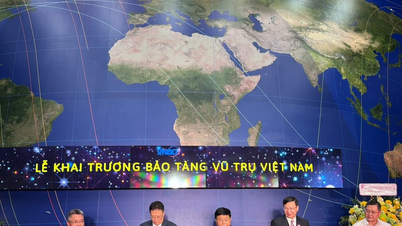



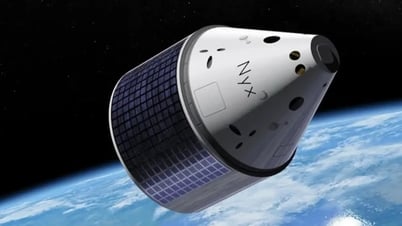
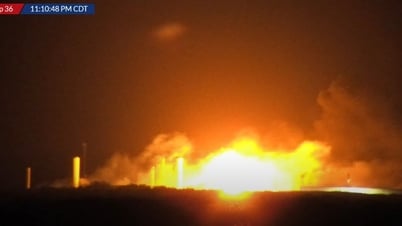





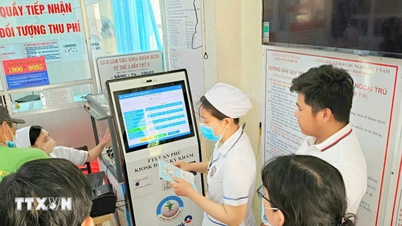





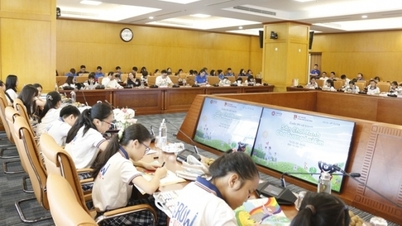
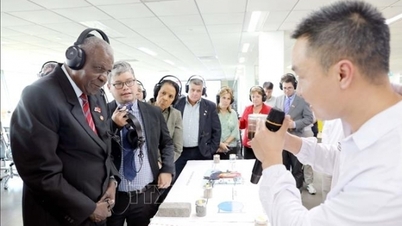
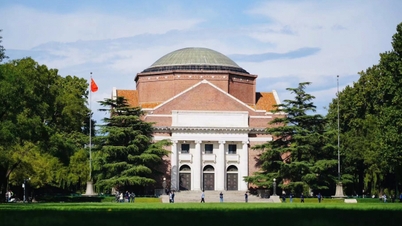

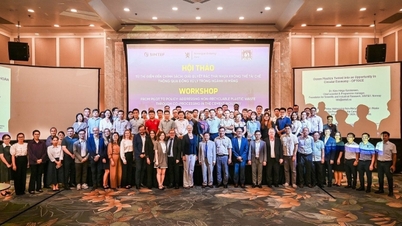
























![[VIDEO] Summary of Petrovietnam's 50th Anniversary Ceremony](https://vphoto.vietnam.vn/thumb/402x226/vietnam/resource/IMAGE/2025/10/4/abe133bdb8114793a16d4fe3e5bd0f12)

![[VIDEO] GENERAL SECRETARY TO LAM AWARDS PETROVIETNAM 8 GOLDEN WORDS: "PIONEER - EXCELLENT - SUSTAINABLE - GLOBAL"](https://vphoto.vietnam.vn/thumb/402x226/vietnam/resource/IMAGE/2025/7/23/c2fdb48863e846cfa9fb8e6ea9cf44e7)





































Comment (0)